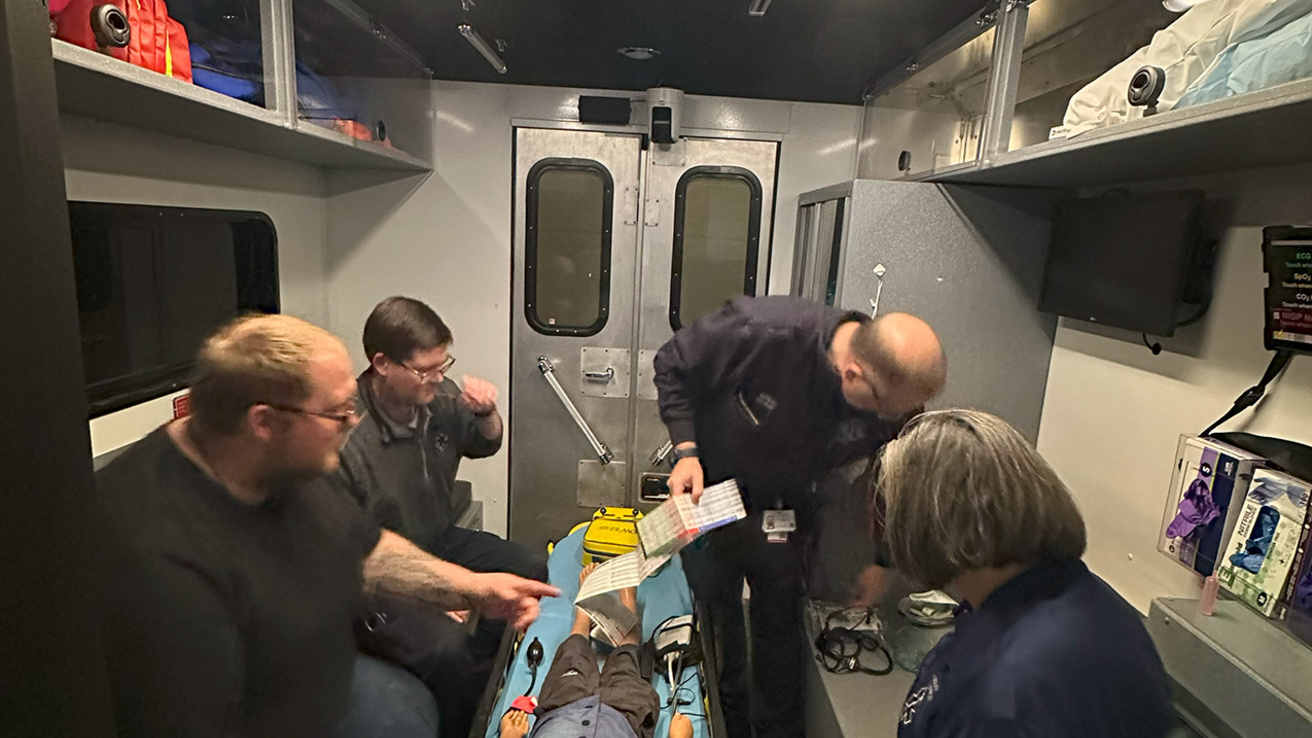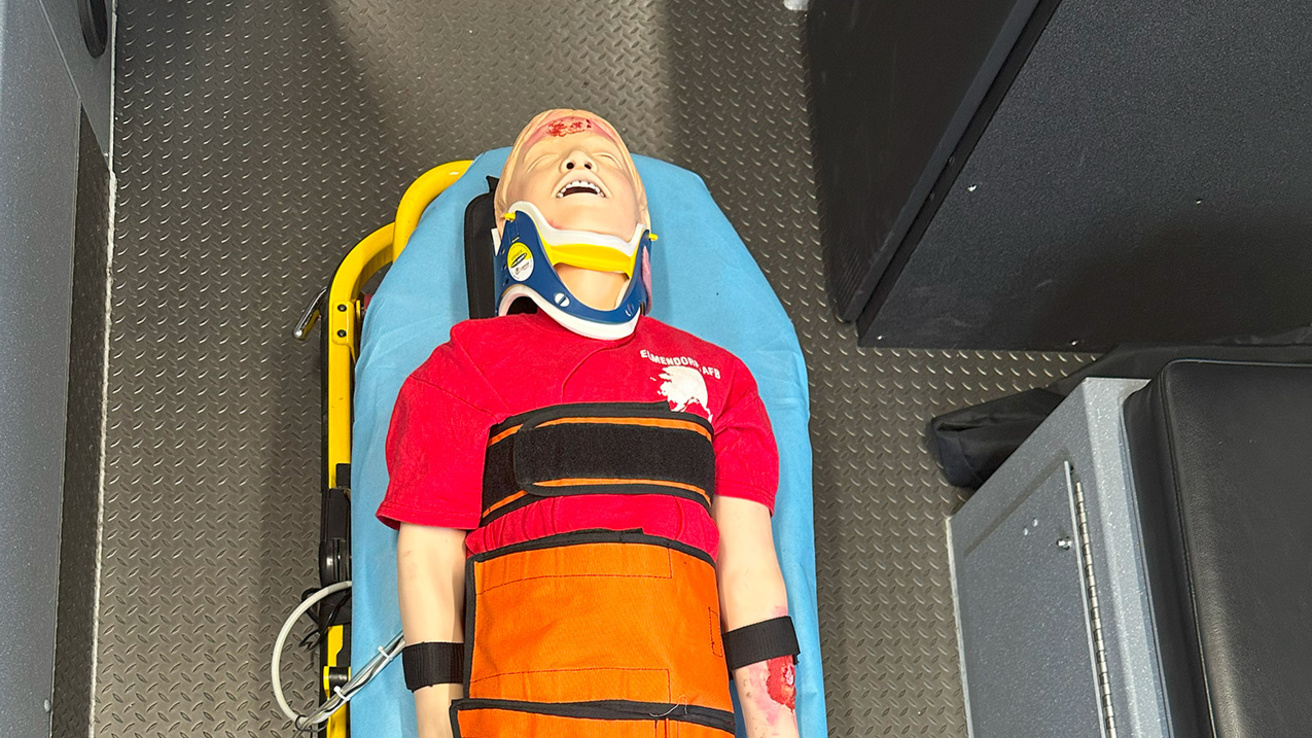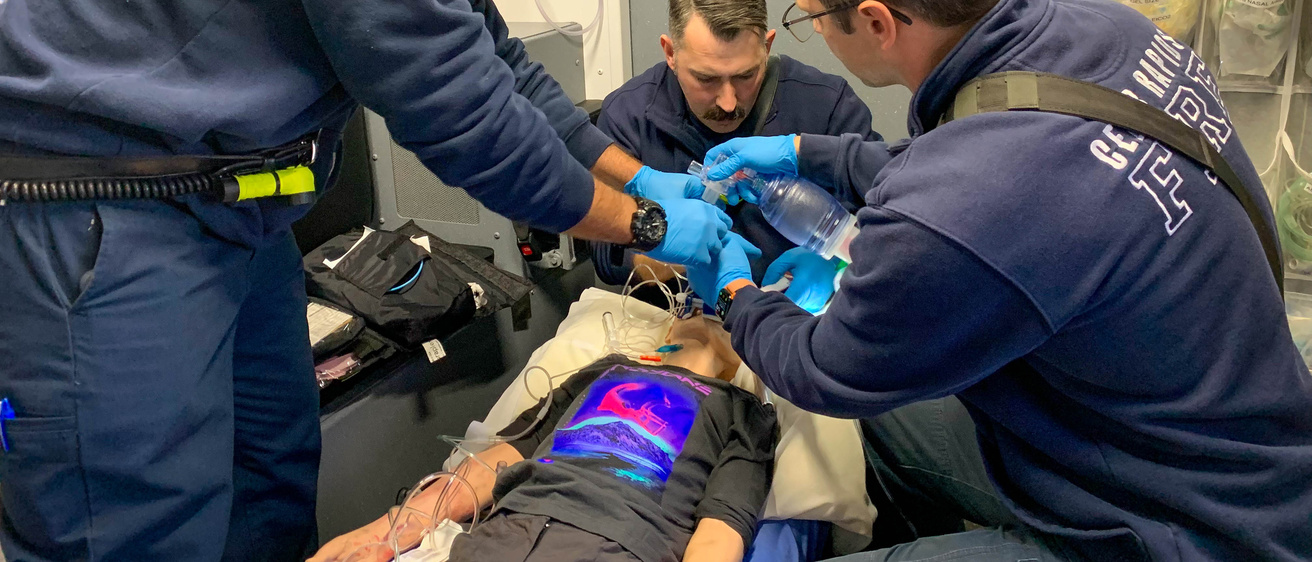Hypoglycemia

This scenario is developed for both the pediatric and the adult patient. Learners will describe the pathophysiology of hypoglycemia and explain the diagnostic approach on how to determine that a patient has hypoglycemia. Signs and symptom of Hypoglycemia will be discussed, and they will review the management options available for hypoglycemia treatment.
Seizure
This scenario covers the the pathophysiology of seizures in adult as well as pediatric patients while listing medical conditions that commonly cause them. Learners will discuss the two etiologies of seizures: primary and secondary. They will delineate between the care goals for seizure patients who are unresponsive, actively seizing, or in status epilepticus. The learner will also recognize the drug dosage differences for adult verses pediatric patients.
Trauma

This trauma scenario outlines the secondary survey and identifies controversies in pediatric and infant shock due to trauma. The learner will identify and manage the correct sequence of priorities to be used in assessing and managing the pediatric trauma patient. The learner will integrate the initial and detailed assessment. The scenario will allow for a discussion on the most common injuries prevalent by pediatric age groups in Iowa.
